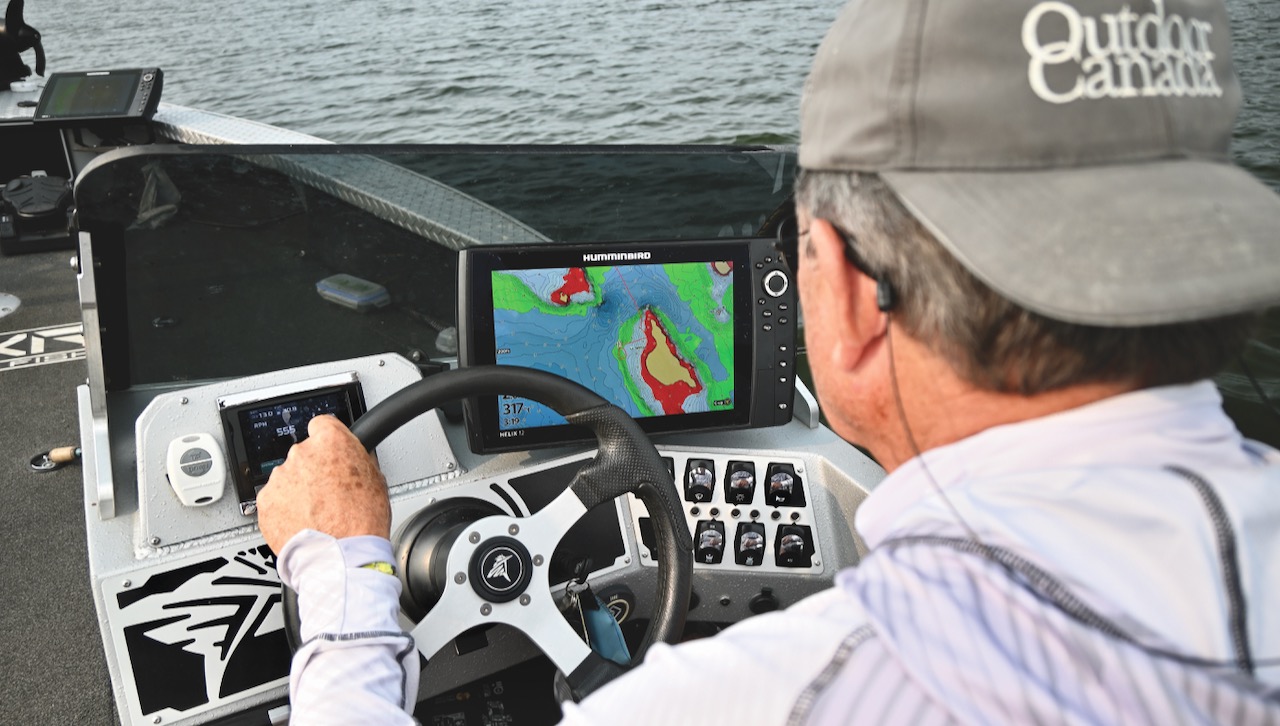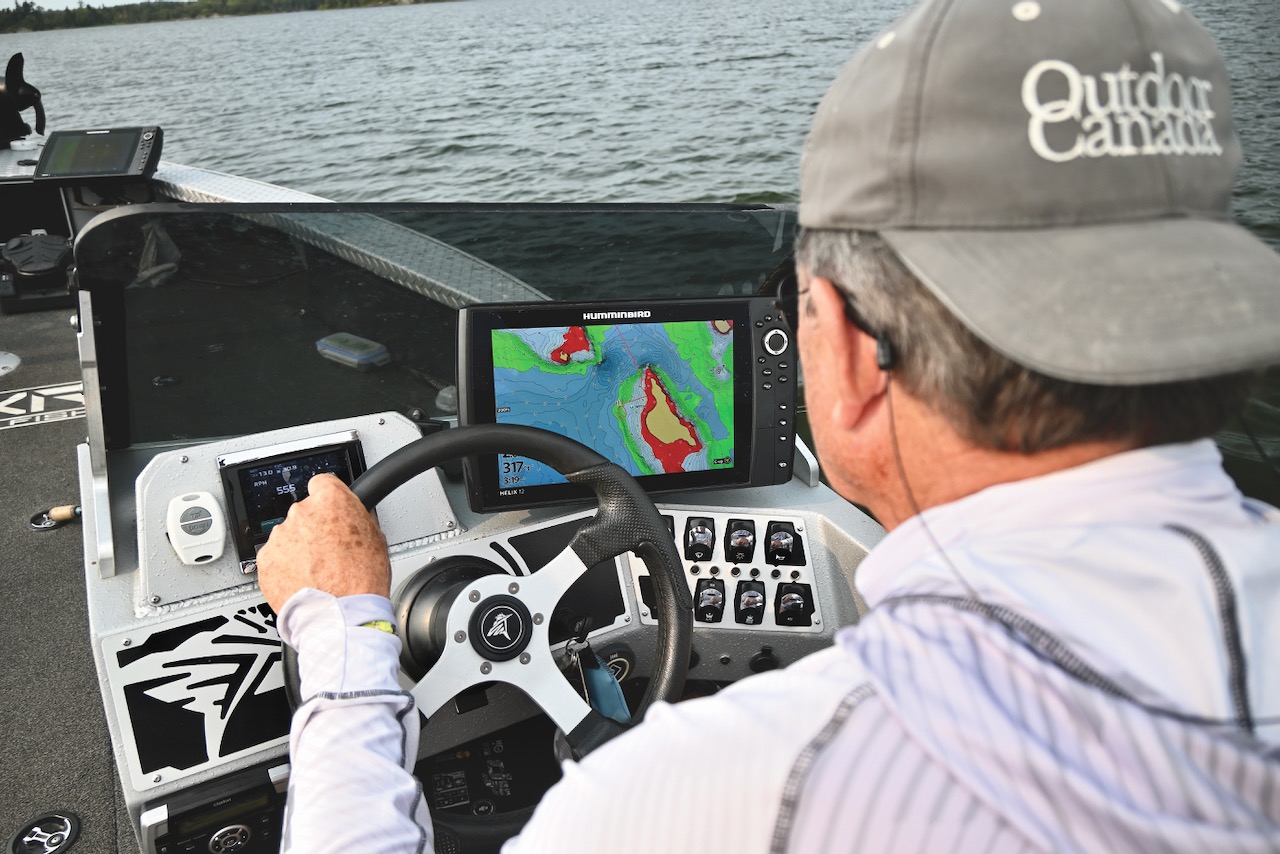COST BENEFIT
When it comes to fishing gear, it pays not to go the cheap route
Advertisement
Have you noticed the mechanic never uses bargain-basement tools when you get your boat, motor, snow machine or tow vehicle serviced?
That thought occurred to me the first time I picked up a pair of Knipex cutters and snipped the points off a treblehook adorning the mouth of a monster muskie wallowing dangerously close to my hand in the net. I’d spent more on that one pair of cutters than the 10 cheapies combined I’d previously owned. After effortlessly cutting off the thick hook points with one hand, I wondered what had taken me so long to get the message—namely, it’s well worth it to spend the extra money on quality gear. Here are some other examples.
Advertisement
FISHING LINE
I’ll never forget the time the late John Kerr and I represented Team Canada at the Daiwa World Salmon Fishing Championship in Campbell River, B.C. We were motor mooching cut-plug herring at one point when our baits get sucked under some floating trees. That’s when a giant chinook took my offering, rubbing the fishing line against the tree bark during the ensuing slugfest.

Thankfully, I’d spooled my reel with fresh Maxima Ultragreen, the line recommended by all the fishing guides the night before. It miraculously tamed the tyee, although the leader looked like a banana with the skin peeled back once the fish was in the net. We ended up winning the trophy for the biggest king, all thanks to spending a few more bucks on quality line.
Advertisement
HOOKS
For a long time, I poured all of my jigs using only premium Owner and Gamakatsu hooks. These days, I often rely on Nishine jigs instead, especially for moping, but they are poured on the same hooks. They all cost a bit more, but the difference is outrageous—quality hooks stay needle-sharp, penetrate better and never get bent out of shape. They may account for only a handful of extra fish each day, but it’s money well spent, especially if one of those fish is the catch of a lifetime or it wins a tournament.
Advertisement
FISHING RODS
I often get asked whether it’s better to buy one top-end fishing rod or two or three lower-grade models for the same money. It’s similar to the quandary professional sports teams wrestle with—do you sign Shohei Ohtani, Auston Matthews or Patrick Mahomes to a long-term contract, or lock up two or three second stringers?
My advice if you’re not sure is to visit your local tackle store, pick up one of the elite outfits and pull the line through the guides. Then tie on a plastic casting plug and make a short underhanded pitch. Also, ask a store clerk to tug on the line as though you’re fighting a fish. You’ll find the difference is like sitting behind the wheel of a Porsche instead of a clunker.
You don’t want to know how much money I recently spent on an 8-weight G.Loomis IMX-PRO fly rod (no, I didn’t get it for free), for example, but it’s as close to that European sports car sensation as I am going to get. It feels like a dream come true, and it comes with a lifetime warranty to boot.
SONAR UNITS
I am also constantly quizzed about sonar units, and if the question isn’t asked directly, the implication is always the same: do you really need a 12-inch screen, colour shading, down- and side-imaging, and forward-facing sonar? The answer is no, of course, if you really can’t afford it. I understand the dilemma, and I know it’s a balancing act, but I’ve seen folks spend $120,000 for a new fishing boat, then cheap out on their electronics. Really?
In my books, side-imaging is the most undervalued feature. It allows you to see obscure cover up to 100 feet away that would otherwise be undetectable, such as 15 slabs of shale lying on the muddy bottom. Also worth its weight in walleye is a chartplotter’s ability to accept a map chip with one-foot contour intervals, and shade structure in multi-coloured layers.
Whatever the case, prioritize the features you absolutely must have, then tick them off your checklist before opting for a cut-rate model that gives you everything you’ll never use. At the end of the day, after all, cheap is costly.

